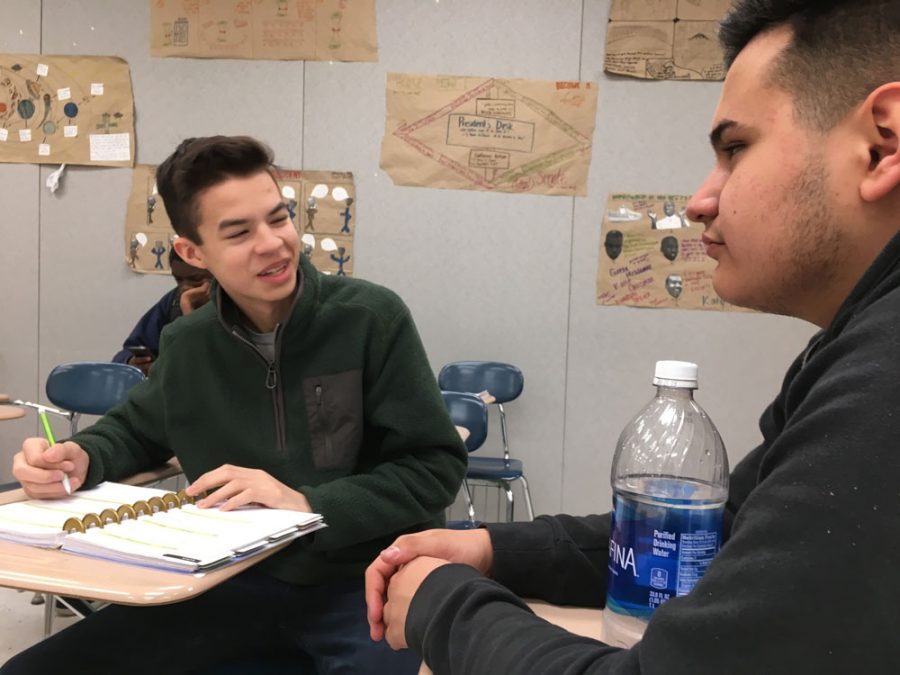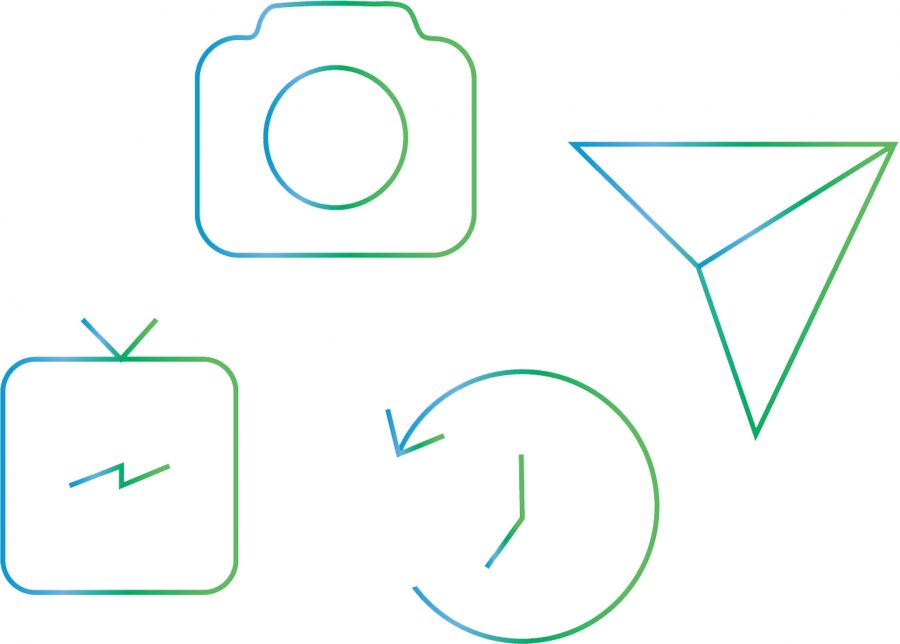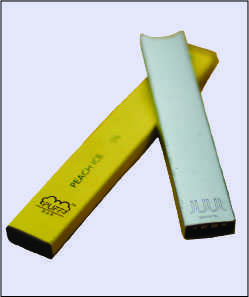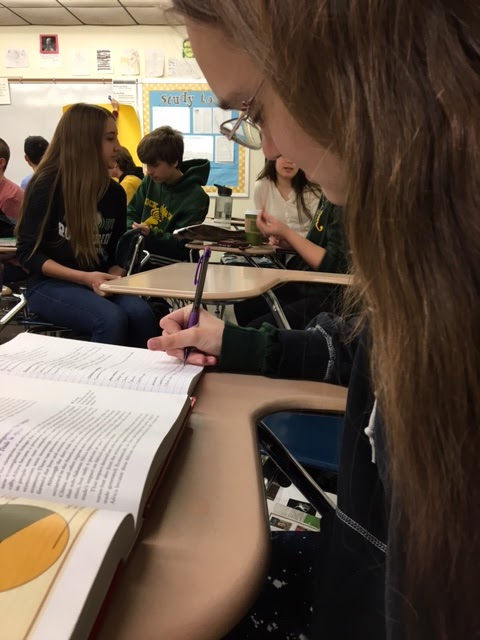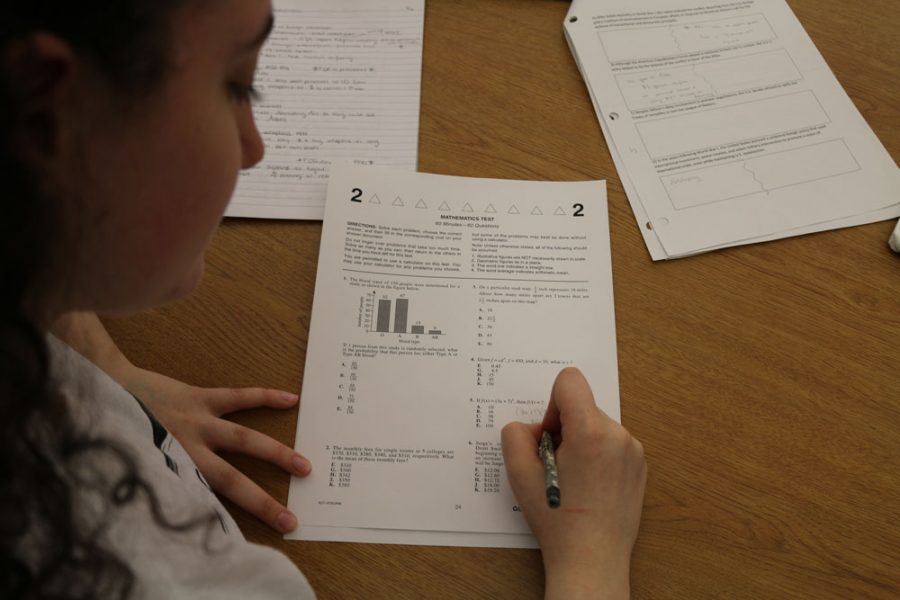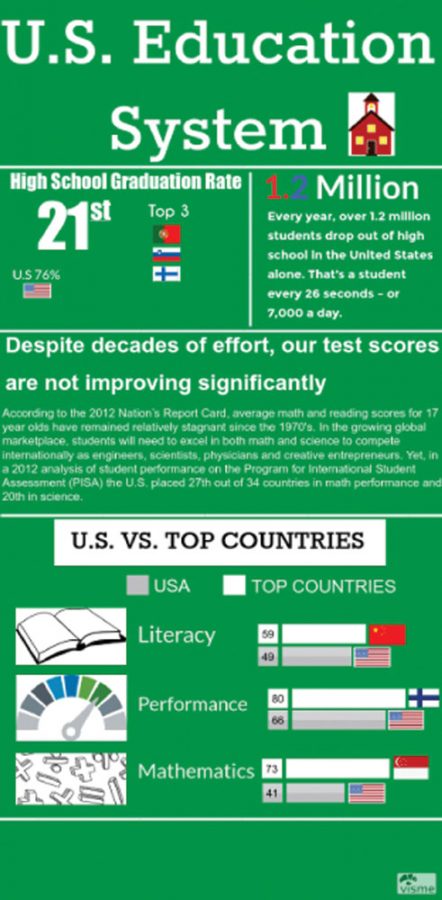Freshman Ansley Barnes walks down the main hall that slices through the center of RBHS, buoyed by her bulky swim bag in the rush of the student body. The 2,000 student school is undoubtedly different from the tight-knit class of forty that Barnes went to Columbia Independent School with, for five years.
Barnes has found a love for the rush of kids at the bell and the happy chatter bouncing over the heads of the students in the hallways. There are different types of people volleying conversation back and forth with one another, people with plaid skirts and loafers or torn jeans and Adidas Originals.
She sees her swim teammates in the hallway, too, girls from freshmen to seniors that she has swam with since she was a Barracuda in Columbia Swim Club. She hasn’t been to school with many of them before, as these people have been public school students since their kindergarten days. But this year, her transition to RBHS has allowed Barnes to join the sisterhood of the high school team and get closer to people she has known for as long as she can remember.
“The decision to transition to RBHS for high school had really always been in both mine and my family’s plan for me,” Barnes said “Even from the moment that I first began to attend CIS [Columbia Independent School].”
Students in Columbia are able to transfer with the appropriate applications among the many public and private high schools to find the best fit for them. With RBHS, Father Tolton Catholic High School (TCHS), CIS, and six more public and private high schools in the area, there are options for all students in Columbia to tailor their education to their individual needs.
Sophomore Bradley Snyder has gone to multiple different schools throughout his academic career. He strongly believes that choosing CIS was best for his needs at the time, especially during the earlier stages of his life. CIS, founded in 1998, and TCHS, founded in 2011, offer a modern take on the educational experience. Students like Snyder feel private schools like TCHS and CIS can be a good alternative to public education for those above or below the “normal” in academic capability.
“My early experience at Rock Bridge Elementary was extremely difficult for me because I felt like I was being held back in learning,” Snyder said. “I was forced to read picture books at school while I was reading novels at home, and there wasn’t much that I could do about it. CIS let me learn at my own pace.”For many students, the small atmosphere of a private school and privately hired teachers foster a learning environment where students receive more individual attention.
Nationwide, there are almost four more students per teacher at public schools than at private schools.
But sophomore Don Osborn, who transferred from Jefferson Middle School (JMS) to TCHS for his freshman year of high school and from TCHS to RBHS this school year, says that the small school environment has social benefits and drawbacks.[vc_media_grid element_width=”12″ gap=”0″ grid_id=”vc_gid:1494263349730-7a9ff547-8905-9″ include=”292453″]“The difference between Jeff and Tolton is that at Jeff even though we all knew each other, we weren’t all in a giant family and we all had our own little friend groups,” Osborn said. “But at Tolton everybody knows everybody. Everybody talks about everything to everybody, and it’s very easy to get caught up in drama.”
Barnes adds transferring has made it clear to her that the class sizes at CIS were significantly smaller than the classes at RBHS, which she believes was good for her as a younger student.
Supporters of private and charter schools, which make up about 25 percent and six percent of the nation’s schools, respectively, have long emphasized their small classroom size, as well as divergence from the Common Core and other educational policies followed by public schools. According to researchers at the University of Arkansas, students in school choice programs saw their reading scores improve by 27 percent and their math scores improve by 15 percent. Education secretary Betsy DeVos works in the private education sector and famously supports private and charter schools. While the opposition believes that private schools undermine the American public school system and give preference to more privileged children, supporters of DeVos argue competition in the “market” will naturally increase the quality of public schools. The U.S. Department of Education says private school students generally perform higher than their public school counterparts on standardized achievement tests.
Being able to diverge from national standards for public high schools gives schools and even individual teachers a certain level of autonomy in their classrooms. Osborn says freedom for teachers at private schools can be good for kids academically, depending on the teachers they are assigned.
“[Private school teachers] can teach the way they want to teach, and that can be a good and bad thing,” Osborn said. “My biology teacher was terrible at teaching, but I still got information because I read the textbook. But my math teacher was amazing.”
As students mature and develop their own interests, academics, while still important, finds itself having to compete for their attention with sports and other extracurricular activities. Many students feel it necessary to branch out and try other activities to enrich their high school experience, something that both Barnes and Snyder cite as a main reason for transferring. A larger group of students fosters a larger selection of and participation in activities, apparent by the more than 50 clubs at RBHS and the more than 80 clubs at Hickman High School.
“I really wanted to swim for my high school’s swim team, which was not something that could be done at CIS,” Barnes said. “I think one of the best things about the public school system is the variety of options that they offer their students.”
Snyder’s involvement in music as a member of the Rock Bridge Show Choir and his own personal rock band started with friends from school, as well as the group he hangs out with, are what he says pulled him to the school.
In some cases, however, he feels the variety of options can lead to student overcommitment with academics or activities.
“I’ve had a difficult time asking for help at Rock Bridge,” Snyder said. “I think academically, private schools are better because of the focus they can put on the individual learning of each student.”
Money is a consideration that many take into account when choosing the right school for them. At TCHS in Columbia, tuition is $6,075 for active Catholics and an even larger $8,135 for non-Catholic students.
“CIS was very costly for my family as well as my parents were bending over backwards to send me and my two sisters there,” Snyder said. “I obviously felt guilty about this.”
Ultimately, all three students recognize the role that their unique experiences in school have played in their lives, and feel that the decisions they have made have impacted their educational trajectories tremendously.
“Honestly, I had absolutely no idea of what this transition would hold, so I can’t say if it did go as expected or not,” Barnes said. “However, I can say with one hundred percent certainty that the transition was easy, not overly stressful, and the right decision for me.”
Categories:
By choice: Public, private schools offer diverse experiences
May 15, 2017
0
Tags:
More to Discover












































































